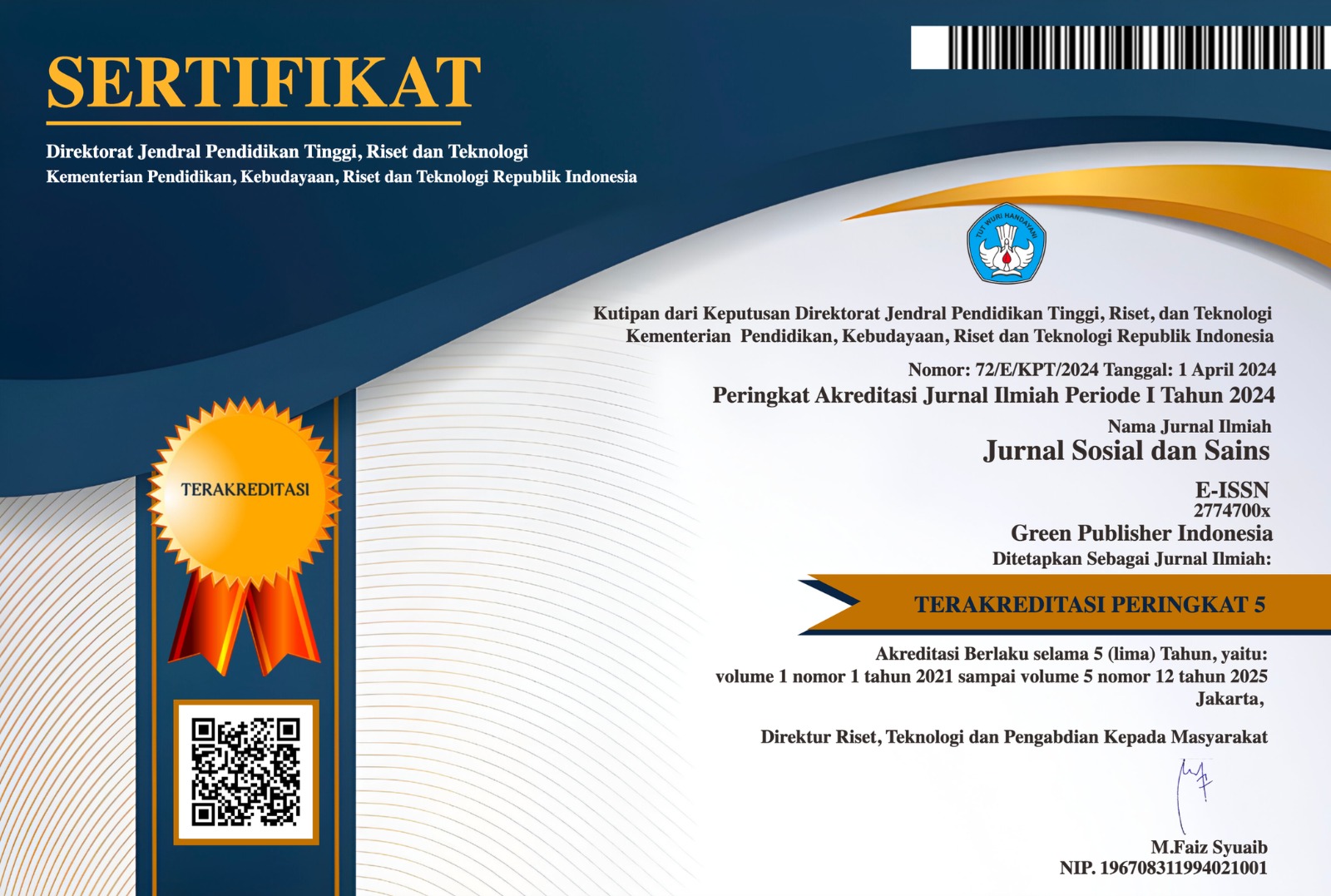A Juridical Review of Supreme Court Circular Letter Number 2 of 2024 from the Perspective of Justice and Its Legal Standing in the Tax Court
DOI:
https://doi.org/10.59188/jurnalsosains.v5i9.32442Keywords:
SEMA 2/2024, Tax Court, procedural justice, material truth, legal norm hierarchy, evidenceAbstract
This study examines the legal status and justice implications of SEMA 2/2024 in tax dispute cases, particularly regarding the restriction on the use of evidentiary documents in court proceedings. SEMA 2/2024 adopts the provision of Article 26A paragraph (4) of the KUP Law, which prohibits the use of documents not submitted during the audit or objection stage as admissible evidence before the Tax Court. The approach used is normative juridical research by analyzing statutory regulations and court decisions. The findings indicate that SEMA, which does not hold a place within the formal hierarchy of legislation, should not be used to restrict evidentiary rights already guaranteed by Articles 76 and 78 of the Tax Court Law. The provision in SEMA 2/2024 potentially hinders the principle of material truth and disadvantages taxpayers both procedurally and substantively. It also poses a risk of legal uncertainty and violates the principle of lex superior derogat legi inferiori. Therefore, an evaluation of the implementation of this SEMA is necessary to ensure harmony between administrative norms and the principle of justice in tax dispute resolution.
Downloads
Published
How to Cite
Issue
Section
License
Copyright (c) 2025 Bestari Nirmala Santi, Gabriel Chivalry Miracle Kusen, William Christopher Sindra , Yessy Anggraini

This work is licensed under a Creative Commons Attribution-ShareAlike 4.0 International License.
Authors who publish with this journal agree to the following terms:
- Authors retain copyright and grant the journal right of first publication with the work simultaneously licensed under a Creative Commons Attribution-ShareAlike 4.0 International (CC-BY-SA). that allows others to share the work with an acknowledgement of the work's authorship and initial publication in this journal.
- Authors are able to enter into separate, additional contractual arrangements for the non-exclusive distribution of the journal's published version of the work (e.g., post it to an institutional repository or publish it in a book), with an acknowledgement of its initial publication in this journal.
- Authors are permitted and encouraged to post their work online (e.g., in institutional repositories or on their website) prior to and during the submission process, as it can lead to productive exchanges, as well as earlier and greater citation of published work.








